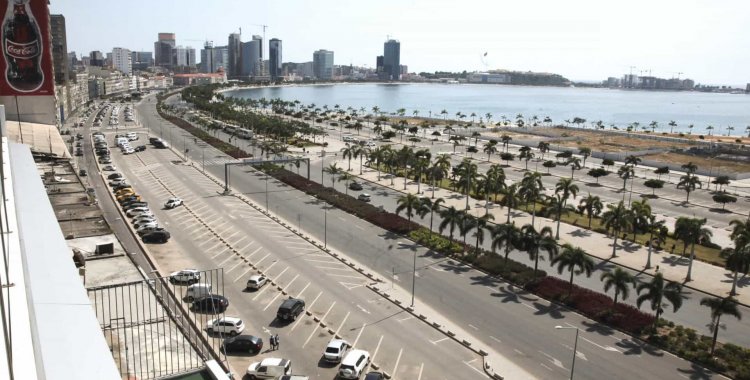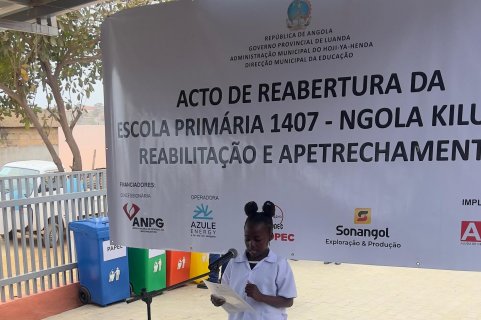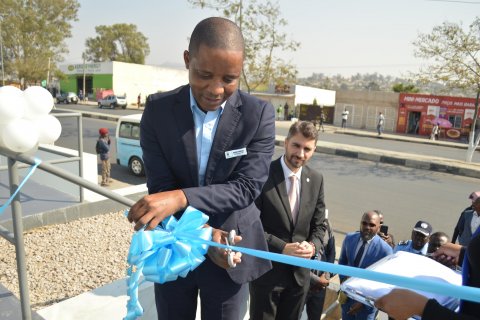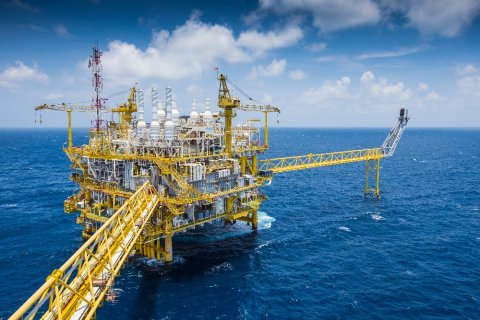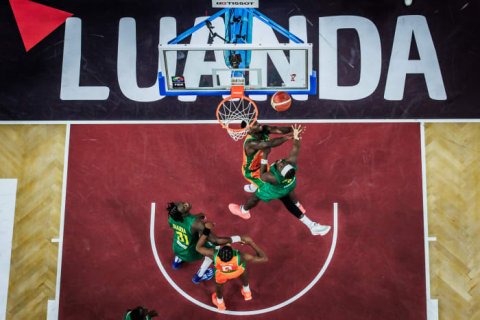Starting from Kilamba, the yellow line will have stops on the BRT route, at the 11 de Novembro Stadium, Sapu, Estalagem, Grafanil, Estrada de Catete, Unidade Operativa until Tourada. From this point it will continue to the Airport, Prenda, Zamba 2, Nova Marginal, ending at the Port of Luanda, writes Jornal de Angola.
The central separator of Avenida Fidel Castro is the place chosen to host the red line. With a length of about 60 kilometers, this line will connect Cacuaco to Benfica.
The green line, according to Jornal de Angola, will depart from Cacuaco towards the Port of Luanda.
Finally, the blue line will start at Zamba 2 and will cross with the yellow line, passing through the Nova Marginal to Benfica.
Manuel Tavares de Almeida, Minister of Public Works and Land Planning, while speaking at the conference on the MSL project, considered that the construction of the subway infrastructures will require the requalification of some areas and the expropriation and rehousing of families in the capital.
In his speech, the minister clarified that "the objective of the creation of public policies for urban mobility aims at reducing the population's inequalities in relation to the right to circulate, to come and go, thus guaranteeing every citizen a fair and dignified way to access the city, in a quick and pollution-free manner".
Cited by Angop, the minister also took the opportunity to indicate that the application of a fee for the use of infrastructures used for transportation (such as highways and bridges), in places where the flow is greater, may help to clear the traffic in the capital.
The holder of the portfolio of Public Works and Spatial Planning also said that the quality of mobility is linked to the various principles of transport, traffic, environment and urban development, admitting that this should not be "restricted to the implementation of roadway infrastructure because the services, policies and better use of infrastructure contribute to better urban mobility.
The governor defended that for mobility to become viable it is necessary to take into account the preservation and conservation of infrastructures: "If this action is not carried out regularly, the repair costs will always be higher.
Capital has enough energy to support metro
At the conference the issue of energy was also addressed. According to the engineer of the Ministry of Energy and Waters, João Saraiva, cited by Angop, the subway is being designed to have a consumption of less than 50 megawatts.
Luanda has a minimum consumption need of around 1200 megawatts of energy, however, it is fed with 1400 megawatts. The responsible explained that, once the calculations are done, the consumption of the subway will oscillate between one and two percent of the capital's consumption.
"During the independence period, Luanda had only three substations and an energy consumption of 60 megawatts. Today it has 70 substations producing more than 1400 megawatts. Therefore, it is necessary to invest in the energy transport network," he said, adding that the project's feasibility studies will determine the route and energy needs to implement the metro.

